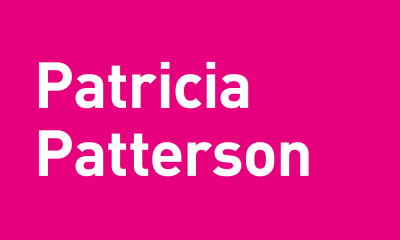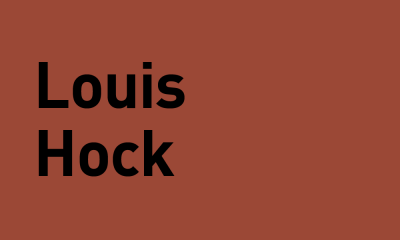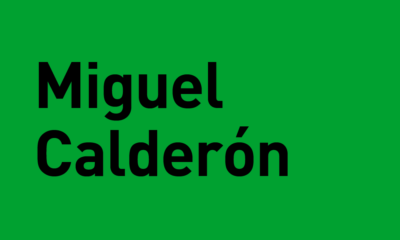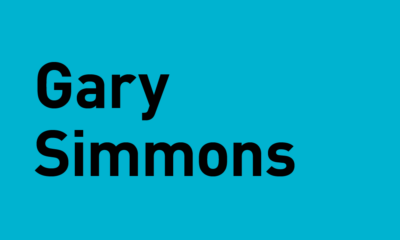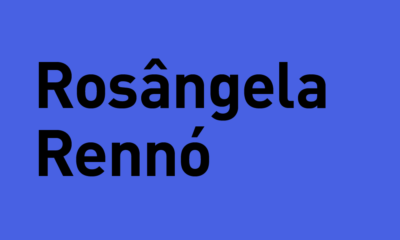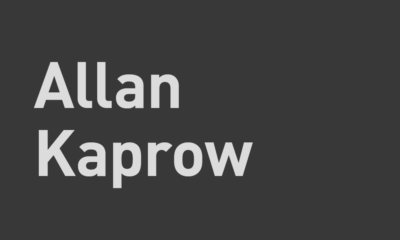Closeup
Judi Werthein, Brinco, inSite_05.
April–December 2004/ Judi Werthein/ Defining a Proposal
In April 2004 Judi Werthein developed the idea of creating a project about consciousness. She met with Christof Koch, Professor of Computation and Neural Systems at the California Institute for Technology and author of The Quest for Consciousness, a neurological approach, as well as other scientists from the Salk Institute in San Diego. She also met and conversed with fortunetellers, healers, and shamans from both sides of the San Diego-Tijuana border. During a series of working sessions in late May, Werthein discussed her idea of creating a platform for exchange and dialogue about consciousness. By December 2004 Werthein was unsatisfied with how her consciousness project was fleshing out and so she submitted an alternative final proposal. The proposal involved the creation of a limited-edition US-Mexico border-crossing shoe that would be produced in China, distributed free of charge to undocumented migrants and sold as an “art object” in a fashionable shoe boutique.
January–May 2005/ Judi Werthein/ Research Process
In order to finalize her design for her border-crossing sneaker, Werthein conducted extensive research. She met and conversed with undocumented migrants, activists, academics specialized in the field of migration, and “coyotes” who for a fee promised undocumented migrants safe passage from Mexico to the US. This research enabled Werthein to consider what might be the key design elements of a sneaker that could potentially be used to cross the US-Mexico border. Werthein also met with various sneaker designers and manufactures. These meetings helped her to understand the complex process of producing a line of sneakers, as well as how she needed to craft her design so that it would be comprehensible to a manufacturer.
July 2005/ Judi Werthein/ Supervising Production in China
In July 2005 after receiving a number of border-crossing sneaker prototypes from China that were not to her liking, Werthein decided that she needed to travel to HengJiaLi Shoes Inc to oversee the production of her shoe line herself. Although she was not permitted to enter the factory she was able to meet with designers and executives and explain her vision more clearly. The translation from design to sneaker product was hindered by communication difficulties, business protocols, and cost. Werthein engaged in a complex and challenging negotiation process, in which business models and modes of art making came into conflict.
August–November 2005/ Judi Werthein/ Distributing the Sneakers
In August 2005 Werthein decided that she would distribute a number of her limited-edition border-crossing sneakers to undocumented migrants herself. From August through November 2005 she gave away shoes at numerous shelters for migrants who had been deported from the US to Mexico after attempting to cross illegally. She also distributed shoes at sites along the border fence where migrants liaised with “coyotes” who promised them safe passage to the US. At the same time, a high-end sneaker boutique in San Diego began to sell the sneakers for $215. Important art collectors from the area purchased the shoes as well as sneaker fans. The money made from the sales was funneled back into supporting the ongoing distribution of sneakers to undocumented migrants, and a donation from the sales was made to the Casa del Migrante––a migrant support organization.
November 2005/ Judi Werthein/ Media Attention and Public Interest
In November 2005 the story that artist Judi Werthein was distributing border-crossing sneakers free of charge to undocumented migrants who were attempting to cross the US-Mexico border was picked up by the Associated Press and the BBC World Service. Within a matter of days the news item had spread around the world and Werthein was inundated with requests for television, radio, and newspaper interviews. She made appearance on numerous current affairs and news programs, including CNN and Fox News, and the project made the front page of the New York Daily News, New York’s most widely circulated newspaper. inSite_05’s blog became inundated with comments ranging from individuals who were virulently against the project and its supposed support of illegal immigration to those who actively supported it for the questions and issues it raised.
